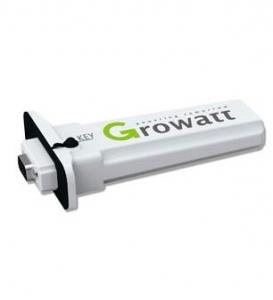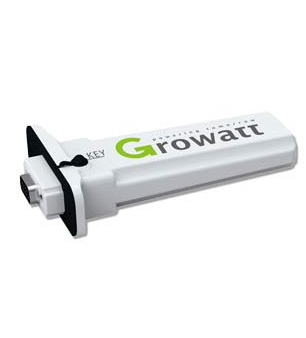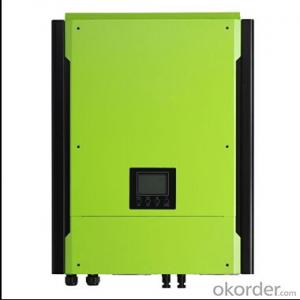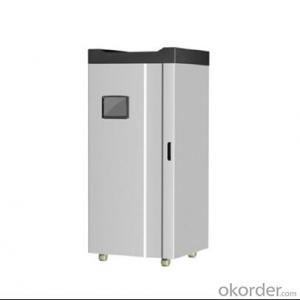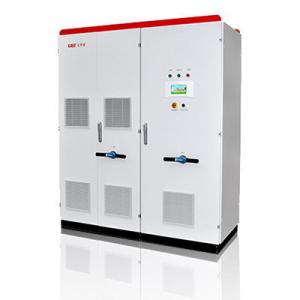Solar Inverter Replacement Brisbane - Shine Wi-Fi, Solar System Monitoring, Remote Control
- Loading Port:
- Shekou
- Payment Terms:
- TT OR LC
- Min Order Qty:
- 100 watt
- Supply Capability:
- 1000000 watt/month
OKorder Service Pledge
OKorder Financial Service
You Might Also Like
Shine Wi-Fi, Solar System Monitoring, WIFI
Professional monitor through Internet and environment
100-meter wireless connection to inverter
Easy-to use
Every inverter installed with Wi-Fi can be monitored in your own project
Remote setting and updating
Cost-effective
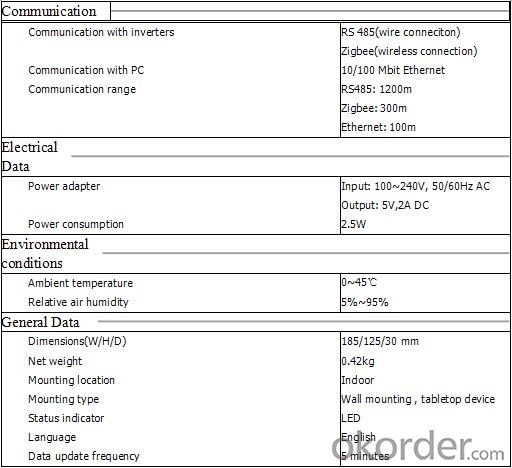
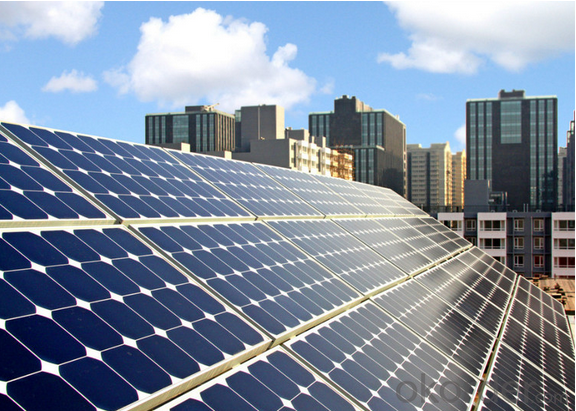
FAQ
Is solar power difficult to use?
Although the production of solar panels incorporates a high-tech manufacturing process, it is really very easy to use a photovoltaic system. Solar panels have no moving parts to wear out, they can be used alone or in combination with other energy sources, and they are silent, reliable and long lasting.
What can you power with Photovoltaics?
A properly designed photovoltaic system can supply electricity for many applications, from small remote lighting needs to megawatts of power for large utility companies. An advantage of photovoltaic power is that it can do anything a traditional power generator can do, only without consuming pollution-causing fuel, or requiring noisy motors.
What is a PV system?
A PV system consists of all the equipment and materials needed to generate solar energy, including solar panels (often called modules), a support structure, wiring, an inverter, a meter and other equipment as required by a specific application. JUST-SOLAR's PV system for commercial buildings, and ET Solar system for residential uses are examples of complete PV systems.
What is a solar module?
Solar modules are series of solar cells, wired together and enclosed protect them from the environment. They are often referred to as in self-contained glass units to solar panels as well.
How do solar cells work?
Solar cells are solid-state devices in which photons (or packets of light) collide with atoms. This process transforms the resulting into electrons. These electrons flow into wires connected to the cell, thus providing electric current to appliances, lighting systems or other electrical loads; and all of the power comes directly from the sun.
What is Photovoltaic Power?
Photovoltaic (PV) power is a term used to describe the process of converting sunlight into electricity with solar cells. These cells are specially constructed from semiconductor materials, and are treated to generate a flow of electricity when sunlight shines on them
- Q: How does a solar inverter handle variations in grid frequency?
- A solar inverter handles variations in grid frequency by constantly monitoring the frequency of the grid and adjusting its own output accordingly. It does this through a process called frequency synchronization, where it synchronizes its output frequency with the grid frequency. This allows the solar inverter to seamlessly adapt to any changes in grid frequency, ensuring a stable and reliable power supply to the connected solar panels or the grid.
- Q: Can a solar inverter be installed in a residential area?
- Yes, a solar inverter can be installed in a residential area. In fact, residential areas are common locations for solar installations, including the installation of solar inverters. These inverters are responsible for converting the direct current (DC) electricity generated by solar panels into alternating current (AC) electricity that can be used by household appliances and fed back into the electrical grid. Installing a solar inverter in a residential area allows homeowners to harness the power of solar energy and reduce their reliance on traditional electricity sources.
- Q: Can a solar inverter be used in a building-integrated photovoltaic system?
- Yes, a solar inverter can be used in a building-integrated photovoltaic system. The solar inverter is an essential component that converts the DC (direct current) electricity produced by the photovoltaic panels into AC (alternating current) electricity that can be used to power electrical devices and appliances in a building. Therefore, it plays a crucial role in ensuring the seamless integration of solar energy into the building's electrical system.
- Q: How do you choose the right size solar inverter for your system?
- To choose the right size solar inverter for your system, you need to consider two key factors: the maximum power output of your solar panels and the maximum power demand of your electrical appliances. The solar inverter should be able to handle the peak power output of your solar panels and should have a capacity slightly higher than the maximum power demand of your appliances. It is important to ensure a proper match between the solar inverter and your system's power requirements to optimize energy production and ensure efficient operation.
- Q: Can a solar inverter be used with different monitoring platforms?
- Yes, a solar inverter can be used with different monitoring platforms as long as the monitoring platforms are compatible with the inverter's communication protocols and data formats.
- Q: What is the maximum AC voltage that a solar inverter can provide?
- The maximum AC voltage that a solar inverter can provide depends on the specifications of the specific inverter model. However, for most common residential and commercial solar inverters, the maximum AC voltage typically ranges between 208 and 240 volts.
- Q: How does a solar inverter handle shading on the solar panels?
- A solar inverter typically handles shading on solar panels by using a technology called Maximum Power Point Tracking (MPPT). MPPT enables the inverter to constantly monitor the performance of each individual solar panel and adjust its voltage and current to ensure maximum power output. When shading occurs on a panel, the MPPT algorithm detects the drop in power and adjusts the system to bypass the shaded panel or operate it at a different voltage, allowing the other unshaded panels to continue producing power efficiently. This helps to mitigate the impact of shading on the overall system performance.
- Q: What is the role of a solar inverter in a grid-tied system?
- The role of a solar inverter in a grid-tied system is to convert the direct current (DC) electricity generated by the solar panels into alternating current (AC) electricity that can be used to power electrical appliances and be fed back into the utility grid. It also ensures the synchronization of the solar system with the grid and regulates the voltage and frequency of the electricity being produced.
- Q: What is the standby power consumption of a solar inverter?
- The standby power consumption of a solar inverter refers to the amount of power it consumes when it is not actively converting solar energy into usable electricity. This power consumption is typically very low, often ranging from a few watts to a few tens of watts, depending on the model and efficiency of the inverter.
- Q: Can a solar inverter be used in locations with high humidity or extreme temperatures?
- Yes, solar inverters can be used in locations with high humidity or extreme temperatures. However, it is important to ensure that the inverter is designed to withstand such conditions and has proper protection against moisture, corrosion, and temperature fluctuations.
Send your message to us
Solar Inverter Replacement Brisbane - Shine Wi-Fi, Solar System Monitoring, Remote Control
- Loading Port:
- Shekou
- Payment Terms:
- TT OR LC
- Min Order Qty:
- 100 watt
- Supply Capability:
- 1000000 watt/month
OKorder Service Pledge
OKorder Financial Service
Similar products
Hot products
Hot Searches
Related keywords
